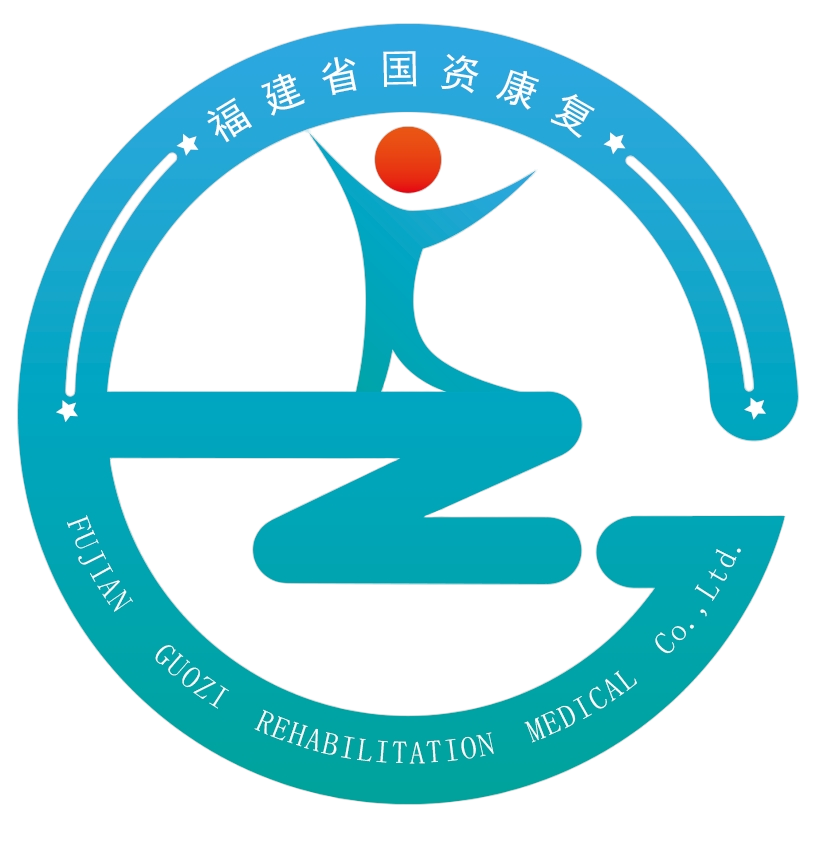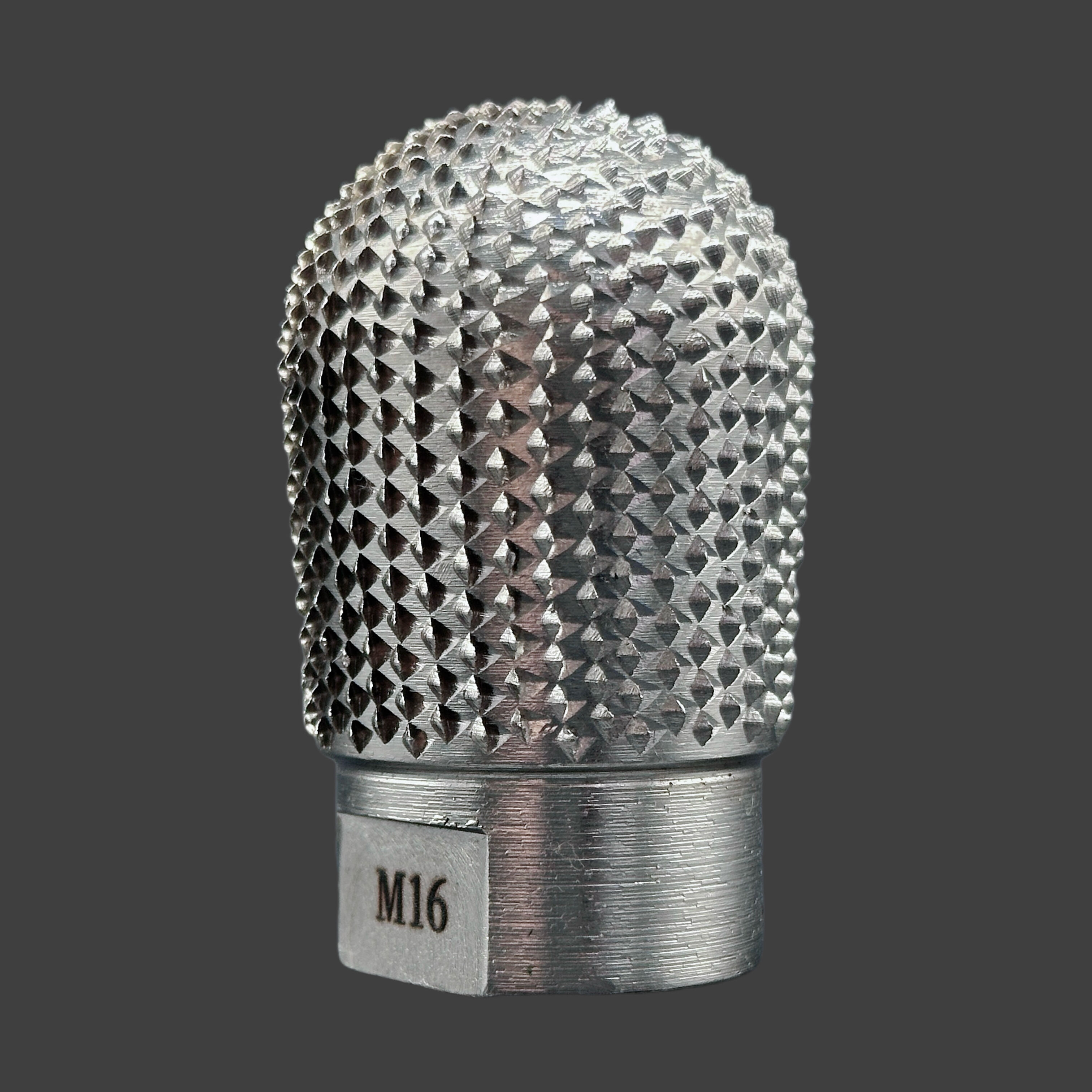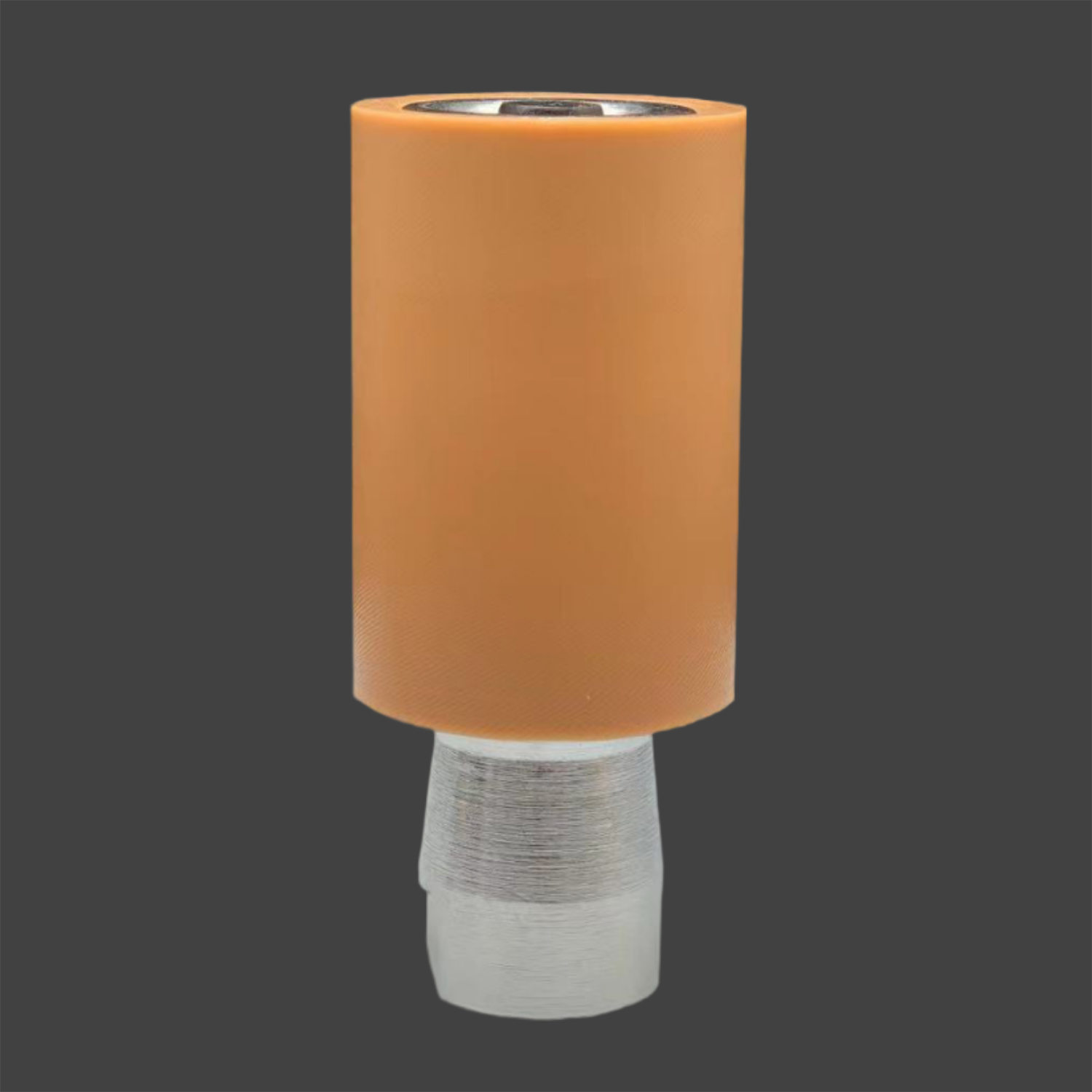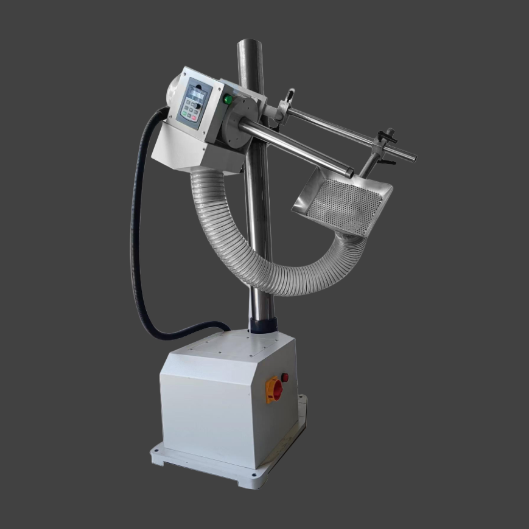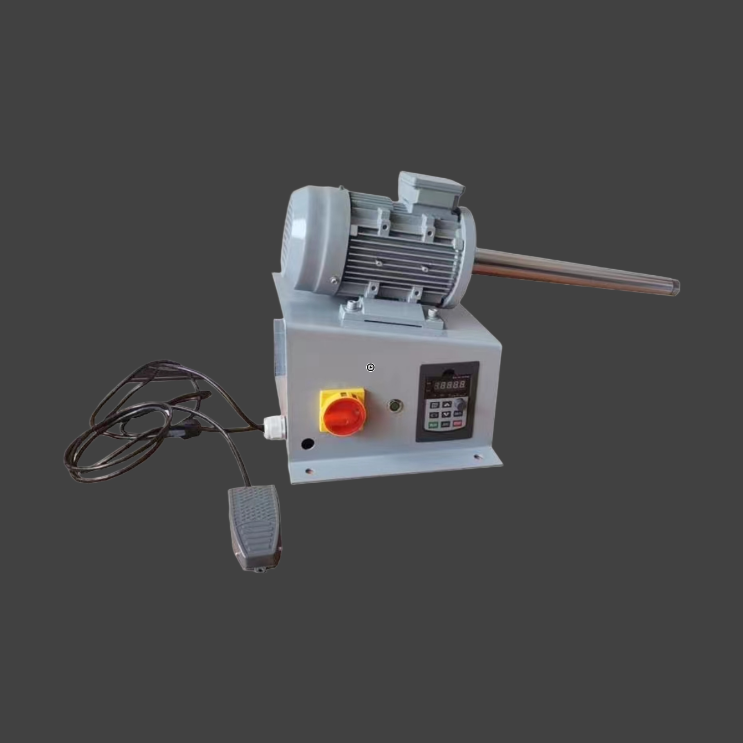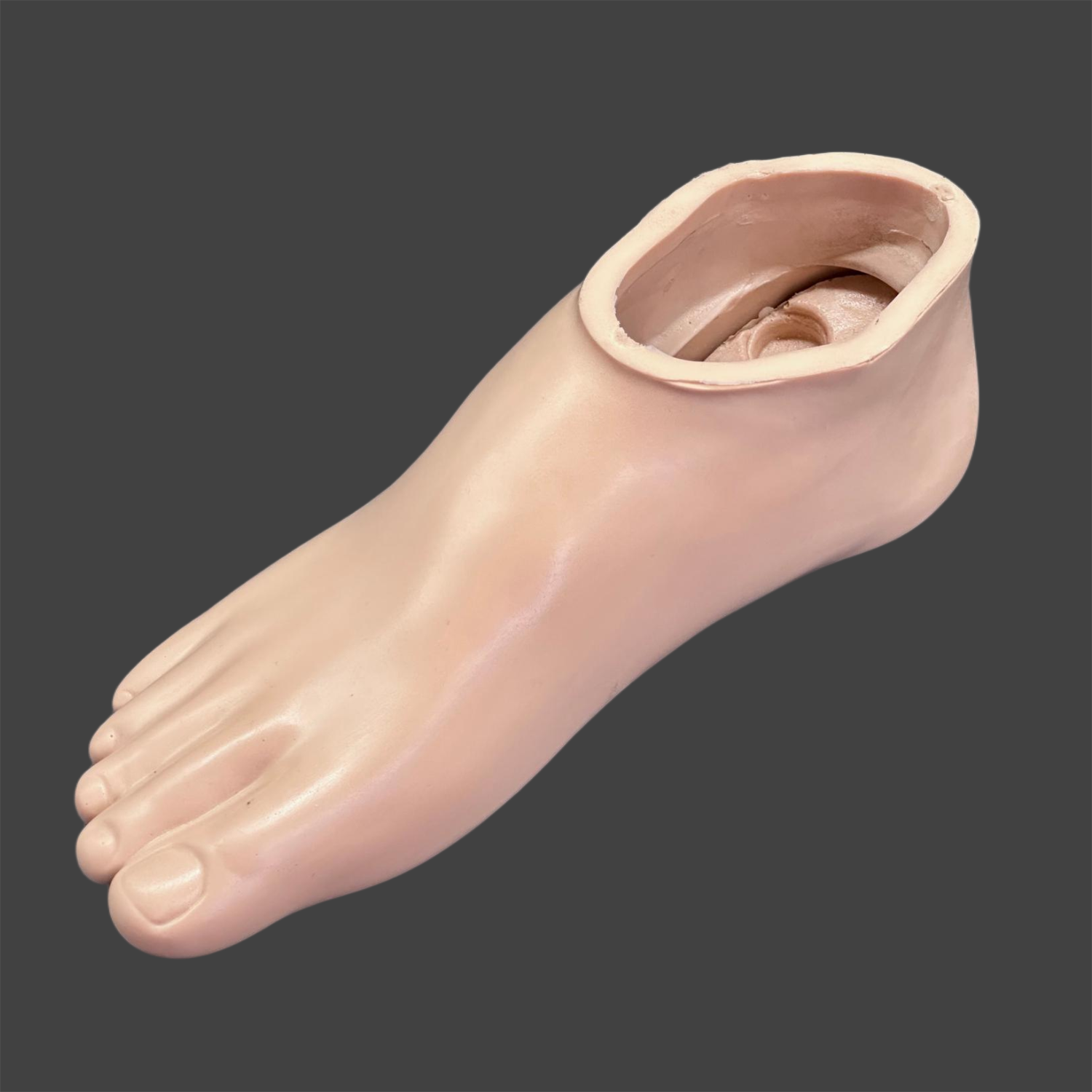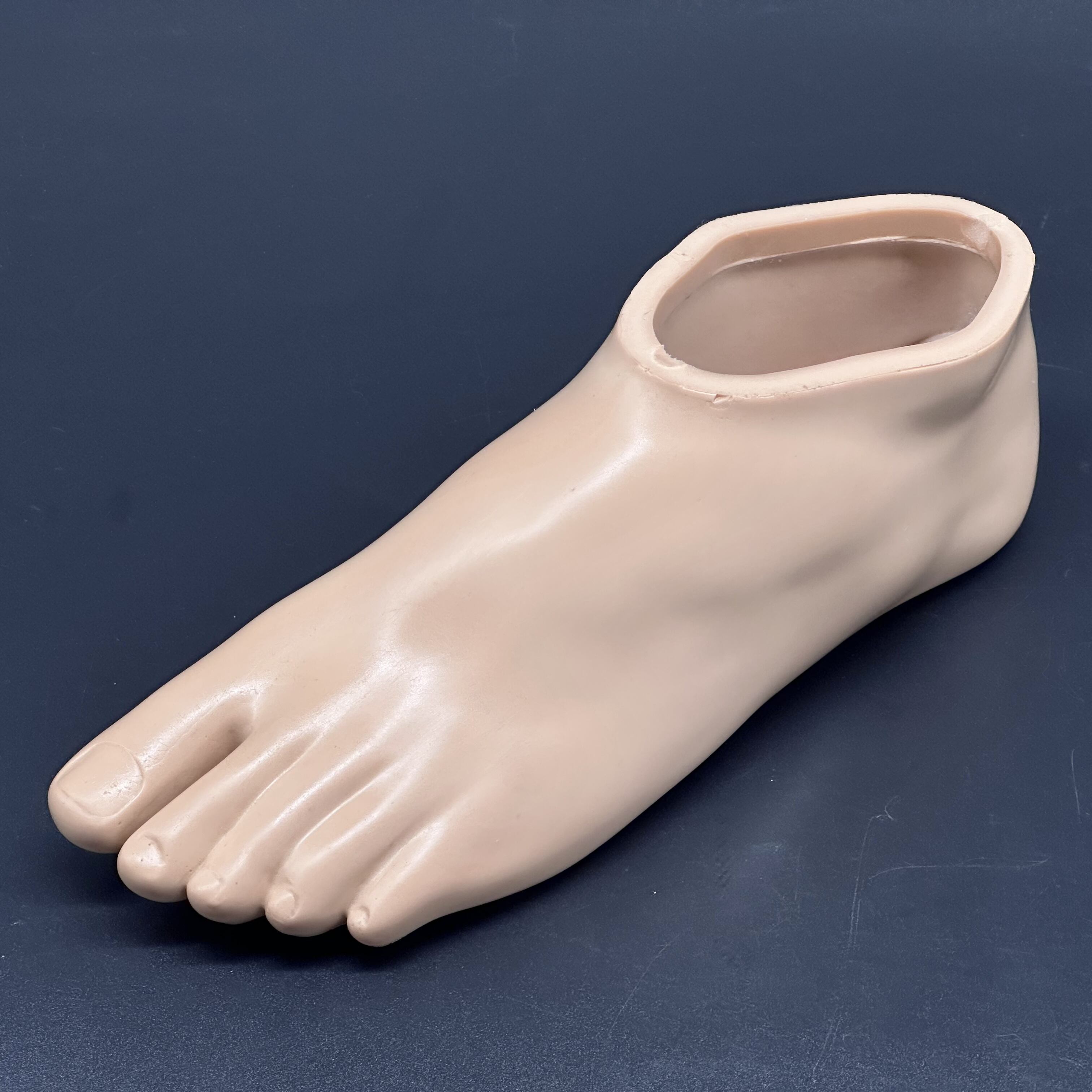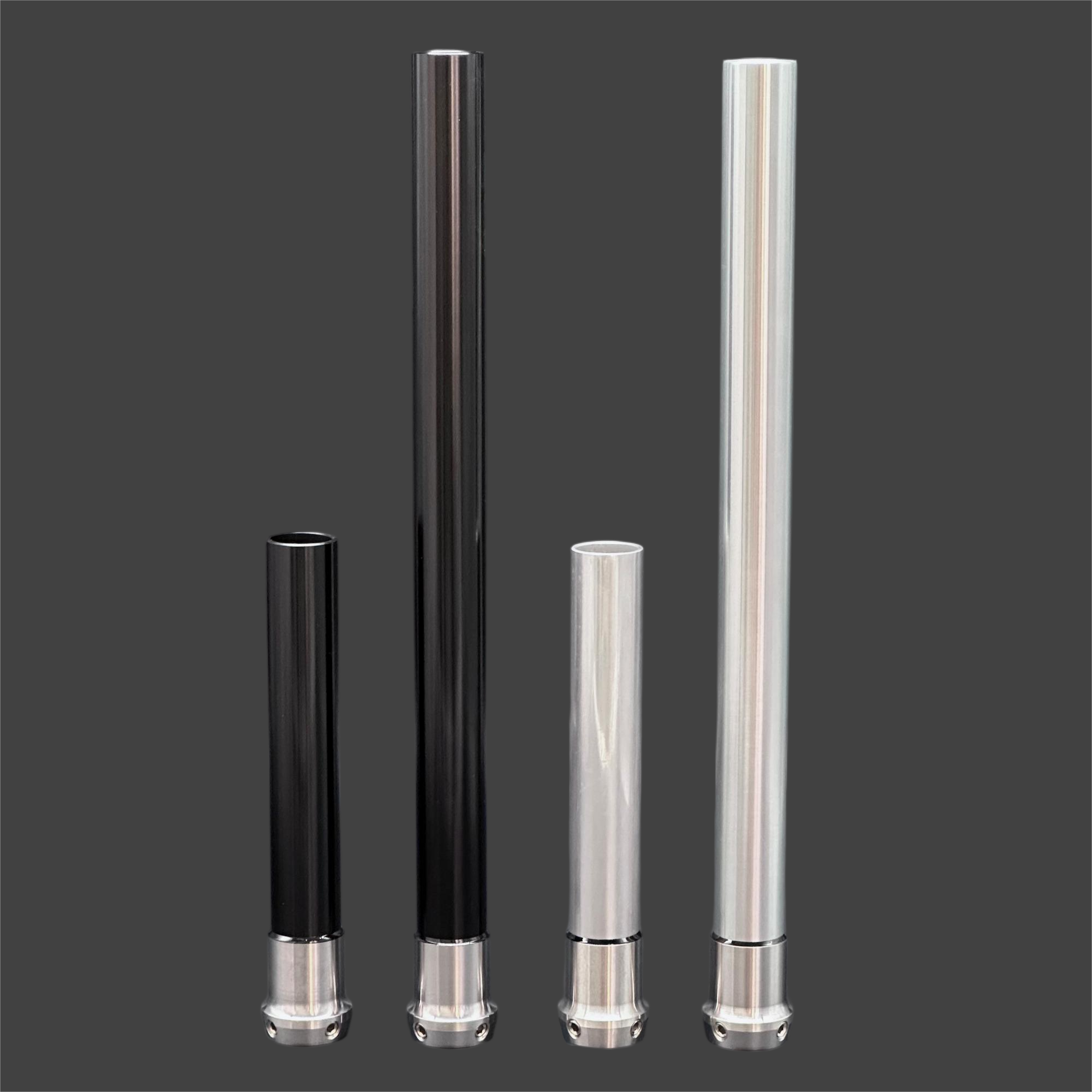Advanced Neural Integration Technology
The neural integration system represents a groundbreaking advancement in prosthetic technology, enabling unprecedented levels of control and sensory feedback. This sophisticated system utilizes advanced algorithms to interpret neural signals from the user's residual limb, translating them into precise prosthetic movements. The technology incorporates multiple sensor arrays that detect subtle muscle movements and electrical signals, providing intuitive control that closely mimics natural limb function. Users can perform complex movements with minimal conscious effort, as the system learns and adapts to their individual movement patterns over time. The neural feedback component delivers sensory information back to the user, creating a two-way communication channel that enhances proprioception and control accuracy.


